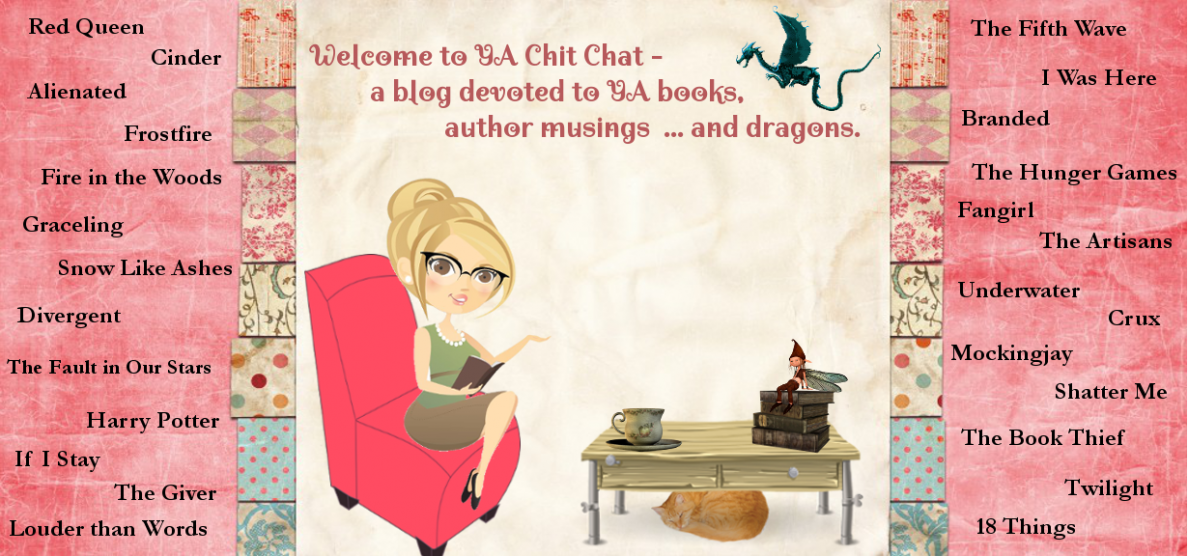Today, I have a very special guest, Dr. Lesley Philips, author of The Midas Tree. She’s written a great article on the perfect ingredients for a good fairy tale. Enjoy. 🙂
****
THE INGREDIENTS OF A GOOD FAIRY TALE
My new book, “The Midas Tree”, came to me as a vision.
I did not plan to write a book for a specific genre or audience. Rather the book was given to me and then I had to figure out what I had created. Those who have read it, liken it to a modern day fairy story, a fantasy adventure novel (e.g. Alice in Wonderland) or even new age fiction (e.g. The Celestine Prophesy).
It definitely follows the hero’s journey and has elements of all of the above and more.
So what makes a good fairy tale?
This is what JRR Tolkien says about them “The realm of fairy-story is wide and deep and high and filled with many things: all manner of beasts and birds are found there; shoreless seas and stars uncounted; beauty that is an enchantment, and an ever-present peril; both joy and sorrow as sharp as swords.”
I decided to do some internet research, reflect on Tolkien’s words and my experiences reading fairy stories as a child and compare them to “The Midas Tree.”
Is it the characters?
The first question is must there be fairies? It seems that the consensus on that is no. There must be some form of other worldly creature, but they don’t necessarily have to be called fairies.
- The Midas Tree has nature spirits called devas, each of whom has a role within the tree and is the keeper of a piece of spiritual knowledge.
The second question is must there be talking animals? It seems to me that this is another common element. Sometimes they help and other times they hinder, but they very often feature in a classic fairy tale.
- The Midas Tree has a talking woodpecker, bat, bees, ants, spiders, ladybugs, grubs, bluebirds and chipmunks.
Is it the magic and enchantments?
Perhaps there is a magical potion that puts the heroine to sleep or makes her taller or smaller. Maybe there is an elixir or everlasting life or a witches’ brew. These are all common elements.
- The Midas Tree has a deva who lures the hero into sticky situations with her alluring whispers and exotic brews.
Is it the demons and tricksters?
The classic fairy tale always has temptations that entice the hero into a trap and finding a way out challenges him to the very core.
- The Midas Tree has entrapments and trials of patience and wit; as well battles of the ego that must be overcome.
Is it the plot or the quest?
Commonly the hero or heroine is thrust against their will into an extraordinary new reality. They find out they are special in some way and are propelled into a journey where they must search for something or someone and on the way must overcome internal and external demons.
- Joshua, the her of The Midas Tree, finds a magical acorn that transports from his home to an adventure inside a tree. In order to return home, he must learn many lessons, so that he can turn the tree and himself to gold.
Must there be a moral at the end?
Aesop’s fables and biblical parables share many of the common elements of the fairy story; as they provide an analogy of life and aim to teach an important moral lesson by presenting some sort of ethical dilemma or challenge of the ego.
- Each chapter within The Midas Tree is like a story within a story, in that it presents a unique spiritual lesson, and provides the tools and techniques necessary to learn it.
Does the story have to be short?
I don’t believe there is an ideal size for a fairy tale. Many are quite short, such a “Little Red Riding Hood” but some are full length novels like “Lord of the Rings.”
- The Midas Tree is a full length novel, although as mentioned above there are many shorter stories within the main story.
Must it be for children?
According to Wikipedia, the older fairy tales were intended for an audience of adults, as well as children. They were part of an oral folklore tradition. More recently, they have been more closely associated with children.
- The Midas Tree is for children of all ages. It has been read and enjoyed by everyone who has read it from twelve years old and up.ü
So at the end of this, my conclusion is that The Midas Tree could be viewed as a modern-day fairy tale. Although this is a genre that crosses over into action, adventure, fable, fantasy, parable and more. I think my book has elements of them all and I am looking forwards to finding out where it will make its home.
 Dr. Lesley Phillips is a speaker, author, workshop leader, spiritual and meditation teacher based in Vancouver BC, Canada. Her book “The Midas Tree” will be published on November 11th 2012. She can be reached at:
Dr. Lesley Phillips is a speaker, author, workshop leader, spiritual and meditation teacher based in Vancouver BC, Canada. Her book “The Midas Tree” will be published on November 11th 2012. She can be reached at:
http://www.facebook.com/themidastree
Twitter: @DrLesleyP
http://www.facebook.com/drlesleyphillips
Related articles
- J.R.R. Tolkien, Enchanted Piper (fairyspell.wordpress.com)


2 thoughts on “The Ingredients of a Good Fairy Tale”